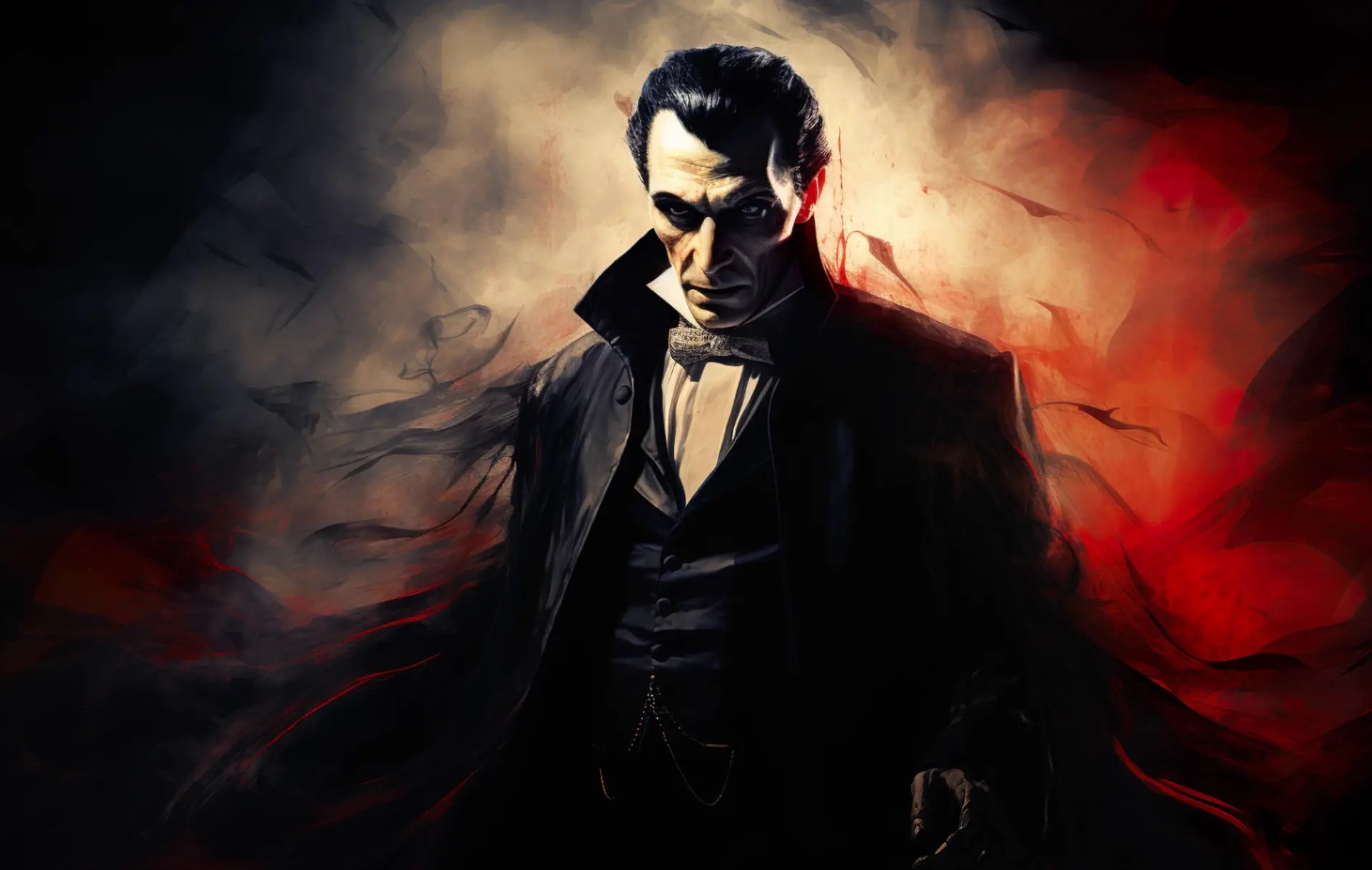The great hero of gothic horror literature: Who is Dracula?
Bram Stoker's novel "Dracula" laid the foundation for modern vampire mythology and made this character known worldwide. The novel tells the story of a vampire named Count Dracula, using the dark and mysterious atmosphere of Eastern Europe.

This work is considered an important example of gothic horror literature and has increased the popularity of vampire culture.
The character of Dracula has been reinterpreted many times in the following years in film, television, theater, and other media formats. Bela Lugosi's 1931 film "Dracula" introduced this character to a large audience. Also important is Hammer Film Productions' Dracula series, played by actors such as Christopher Lee.
The character of Dracula has also been interpreted as a symbol of themes such as sexuality, power, and immortality. Therefore, it has had a profound cultural and psychological impact. The character has long preserved its place in popular culture and has inspired many different works of art.
The origin of the novel is Vlad III, a true historical figure. It is also associated with (Vlad Dracula). Vlad III is one of the Wallachian Princes who lived in the 15th century and is also known as the "Voivode the Impaler". His bloody and cruel rule is considered one of the foundational elements of the vampire legend.
Dracula is a novel by Bram Stoker, published in 1897. An epistolary novel, the narrative is related through letters, diary entries, and newspaper articles. It has no single protagonist, but opens with solicitor Jonathan Harker taking a business trip to stay at the castle of a Transylvanian nobleman, Count Dracula. Harker escapes the castle after discovering that Dracula is a vampire, and the Count moves to England and plagues the seaside town of Whitby. A small group, led by Abraham Van Helsing, hunt Dracula and, in the end, kill him.
As a result, the legend and character of "Dracula" have become a phenomenon with a wide range of influences, from literature to cinema, from art to popular culture. As one of the most important representatives of vampire mythology, he left a deep mark in cultural and literary contexts.
The novel focuses on various themes:
Vampirism and Humanity: The book deals with vampirism as a core theme. Count Dracula's character symbolizes the dark and evil aspects of humanity. At the same time, themes such as vampires' desire for immortality and the need to feed on human blood reflect the dark and attractive aspects of human nature.
Sexuality and Desire: The themes of sexuality and desire play an important role in the subtext of the novel. Dracula's empowerment of his victims by biting and sucking their blood can be interpreted as a kind of sexual metaphor. The lightning impact of the character and his particular interest in young women reflect the complexity of sexuality and desire.
Conflict Between West and East: The novel reflects the conflict between Western and Eastern cultures. Dracula's arrival in England from Transylvania symbolizes the clash of different cultures and alienation. It can also refer to cultural and political changes in the late 19th century.
Horror and Suspense: Of course, “Dracula” is basically a horror novel. This work, which has the characteristics of Gothic literature, draws the readers into a tense and frightening atmosphere. It is full of claustrophobic places, dark corners, mysterious events, and unforgettable horror moments.
Science and Technology: The novel also touches upon the scientific and technological advances that emerged in the late 19th century. As characters like Dr. Van Helsing tackle vampires with traditional scientific approaches, the need to deal with supernatural events also arises.
The combination of these themes shows that “Dracula” is not just a scary story, but an in-depth novel that reflects the complexity of human nature and the social and cultural dynamics of the era.
